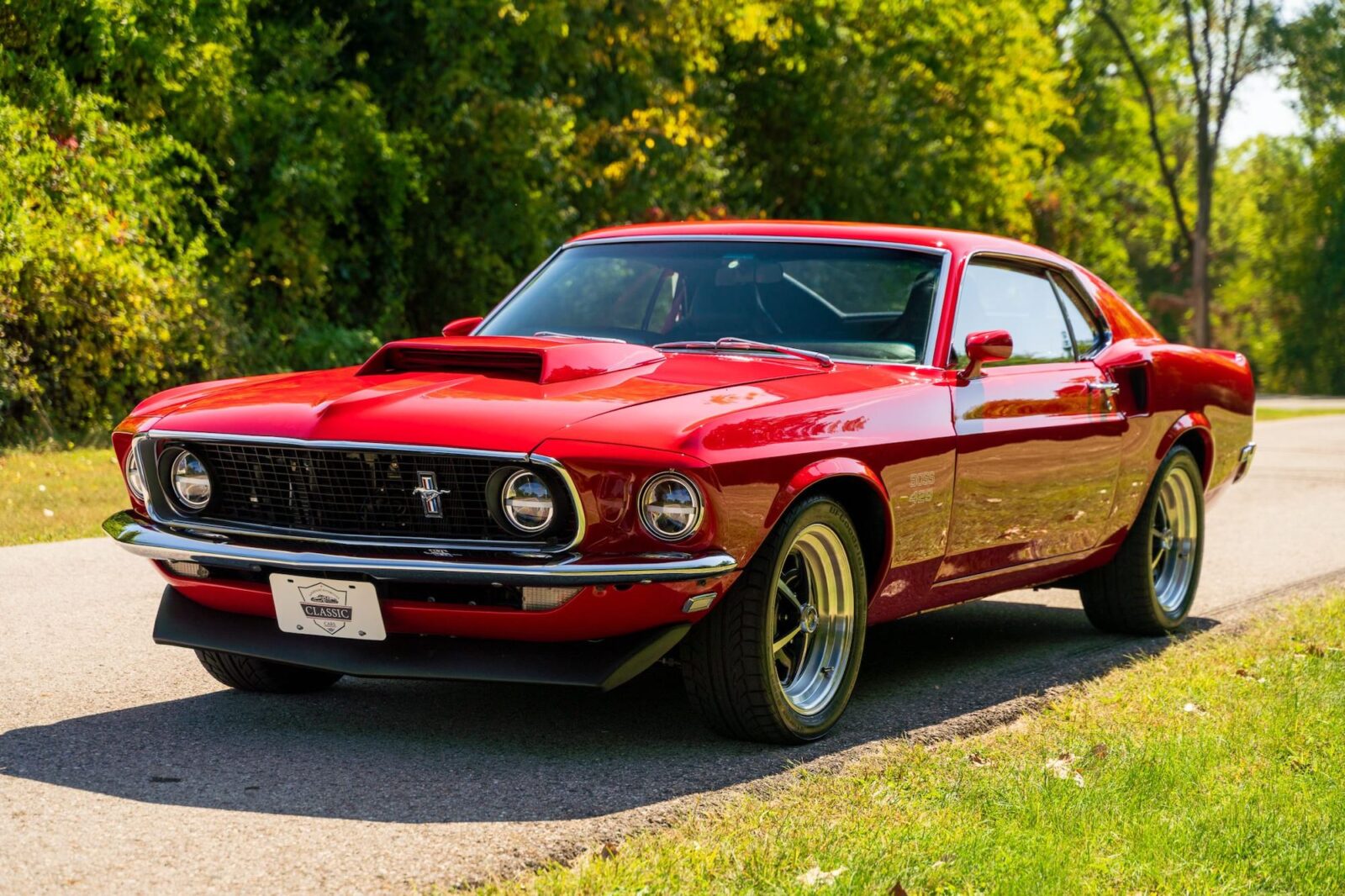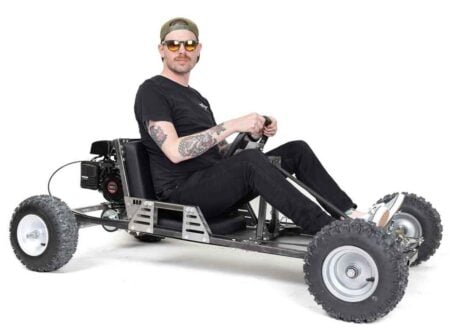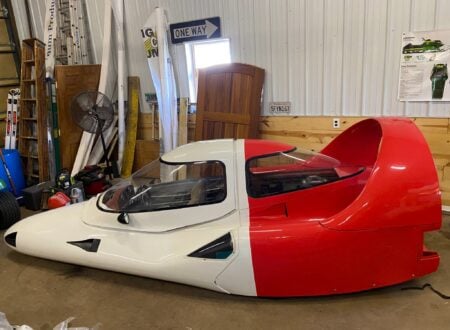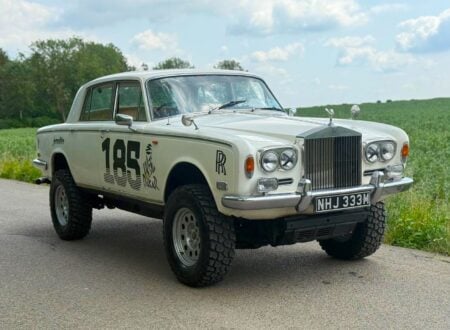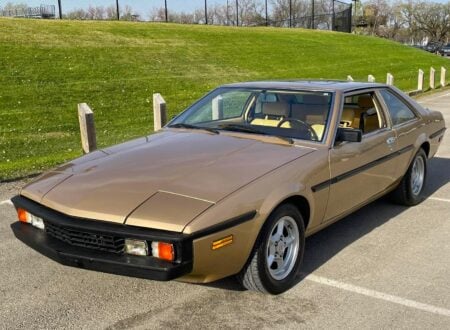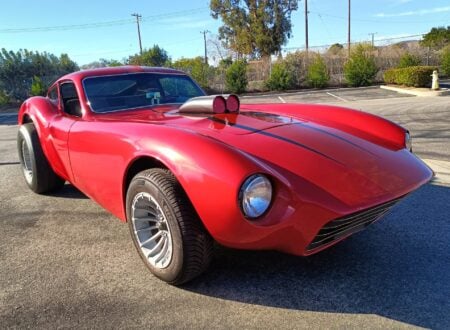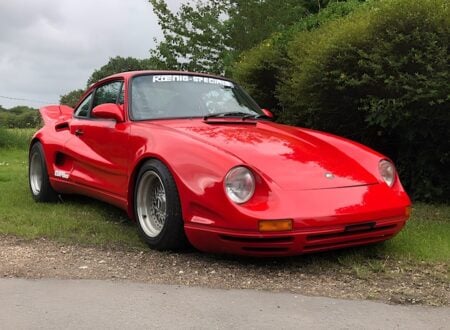This is a 1969 Ford Mustang fastback that underwent a major rebuild between 2017 and 2020. It’s now powered by a 505 cubic inch (8.3 liter) Jon Kaase Racing Engines V8, offering vastly more power than the original Boss 429 unit.
The original suspension was replaced with a Heidts Pro-G four-wheel independent system with coilovers front and back, and the stock brakes were swapped out for far more capable Wilwood four-wheel disc brakes to better help the driver wrangle the output from that big block Kaase V8.
Fast Facts: A Kaase 505-Powered 1969 Mustang
- This 1969 Ford Mustang Fastback was rebuilt between 2017 and 2020 in the style of a Boss 429. It has a Candyapple Red finish with period-correct graphics and modern upgrades throughout. The car is powered by a Jon Kaase Racing Engines 505 cubic inch V8 paired with a Tremec TKX 5-speed manual and a Currie 9-inch limited-slip rear axle.
- The 505 cubic inch Kaase-built V8 has a Holley Sniper EFI system, a roller camshaft, aluminum roller rockers, FPA headers, and upgraded cooling with a Be Cool radiator and Mishimoto oil cooler. A 22-gallon stainless fuel tank and 400-lph internal pump were fitted, and fluids were recently refreshed before sale.
- The car rides on a Heidts Pro-G independent front and rear suspension with coilovers, power rack-and-pinion steering, and Wilwood four-wheel disc brakes using six-piston front and four-piston rear calipers. It rolls on 17-inch Magnum 500-style wheels with BFGoodrich g-Force Sport tires and features LED lighting, a trunk-mounted battery, and a Magnaflow 2.5 inch exhaust system.
- Inside, the Mustang has Corbeau front bucket seats, a black vinyl rear bench, Vintage Air climate control, power windows and locks, and red seatbelts. A Pioneer touchscreen stereo powers eight Alpine speakers, two amps, and a subwoofer. The Dakota Digital VHX cluster shows 640 miles since completion, and the sale includes service records, an owner’s manual, a car cover, and a clean Michigan title.
History Speedrun: The Ford Mustang Boss 429
When Ford unveiled the Boss 429 Mustang in 1969 it wasn’t meant as a mass-produced muscle car in the conventional sense. Instead, it was a homologation project – an engineering workaround to meet NASCAR’s requirement that racing engines be production-based. The car was essentially a Trojan horse – a street-legal Mustang built to sneak Ford’s new 429 cubic inch semi-hemi V8 past sanctioning bodies and onto the high-banked ovals of top flight NASCAR competition.
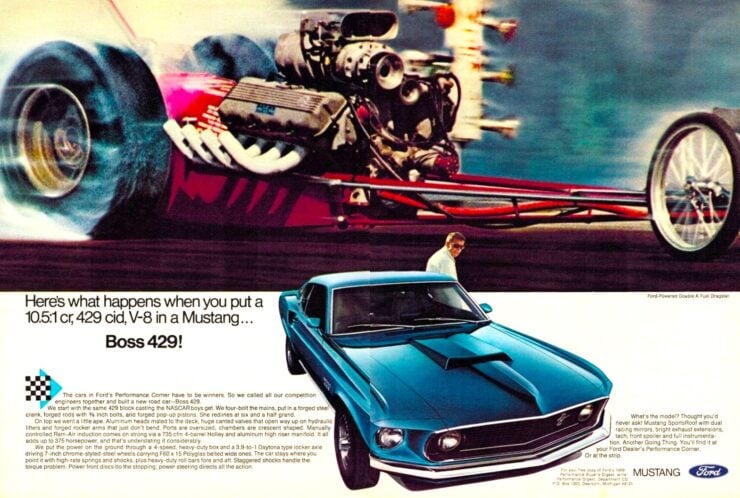

By the late 1960s, Ford was in a horsepower war on two fronts – the muscle car street scene and the NASCAR tracks where Chrysler’s 426 Hemi was dominating. To counter Mopar, Ford’s engineers developed a new big-block designed with hemispherical combustion chambers, massive cylinder heads, and the breathing capacity needed for sustained 7,000 rpm durability – that’s no small feat for a big block pushrod V8.
NASCAR homologation rules required that at least 500 street cars be produced with the new engine and the Mustang fastback was chosen as the host platform – not because it was the best fit but because Ford wanted the Mustang name associated with its latest on-track weapon.
The engine bay of a stock Mustang couldn’t accommodate the Boss 429, so Ford farmed the conversions out to Kar-Kraft, a specialty contractor in Brighton, Michigan, already known for its work on racing Fords including the legendary Le Mans-dominating Ford GT40.
Kar-Kraft re-engineered the front end of the Mustang to accept the oversized V8. This meant widening the shock towers, relocating the battery to the trunk, and revising the front suspension geometry. These changes shifted the car’s balance and made it less nimble on the street. But cornering and handling wasn’t the point – getting the Boss 429 engine onto the track was.
Where Did The Name “Boss” Come From?
The “Boss” name came from Ford designer Larry Shinoda, who had recently arrived from GM. When asked by colleagues what the secretive project he was working on was, Shinoda would jokingly say, “the boss’s car,” a reference to his boss Bunkie Knudsen, Ford’s recently hired president. The moniker stuck, first with the Boss 302 and then with the Boss 429.
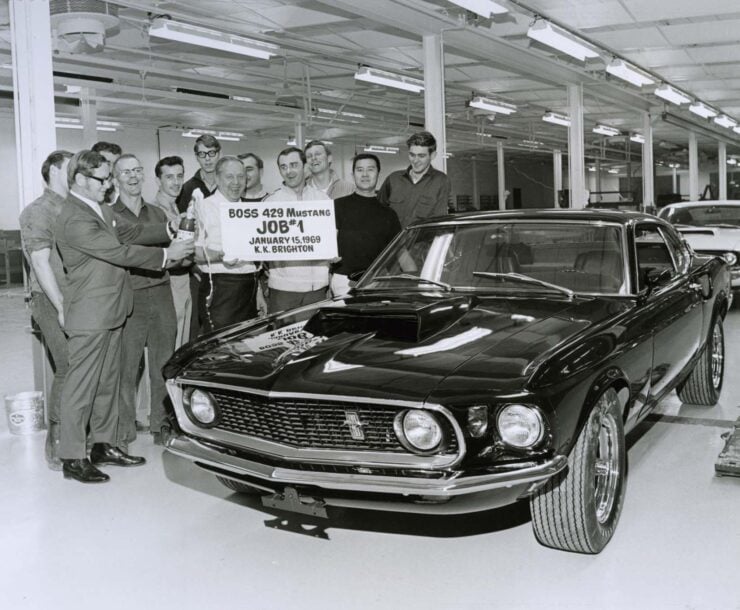

The Boss 429 Mustang made its debut in 1969 – instead of wild graphics or spoilers, it had relatively understated “Boss 429” decals on the front fenders, a functional hood scoop, and Magnum 500 wheels. Inside, it was much like a standard Mustang, though all examples came with a 4-speed manual gearbox and a 3.91 rear axle ratio.
Ford produced 859 Boss 429s in 1969, painted in a mix of Grabber colors and some more subdued hues. In 1970, the car returned with minor cosmetic revisions, including the new front-end design shared by the rest of the Mustang lineup. Only 499 were built for that model year, making the total production run just 1,358 units.
The Boss 429 V8 Engine
The heart of the car, the Boss 429 V8 mill, was a marvel of late-1960s engineering. With a 4.36 inch bore and 3.59 inch stroke, it displaced 429 cubic inches (7.0 liters). The aluminum cylinder heads used crescent-shaped combustion chambers, paired with large valves and high-flow ports.
Officially, Ford rated the engine at 375 bhp at 5,200 rpm and 450 lb ft of torque but in reality, it produced much more – closer to 500 bhp in street trim and well over 600 in NASCAR-spec.
The Boss 429 lasted only two model years. Rising insurance premiums, tighter emissions regulations, and changing market conditions spelled the end of Ford’s homologation special. By 1971, the Mustang itself had grown in size and weight, and the big-block performance era was already on borrowed time.
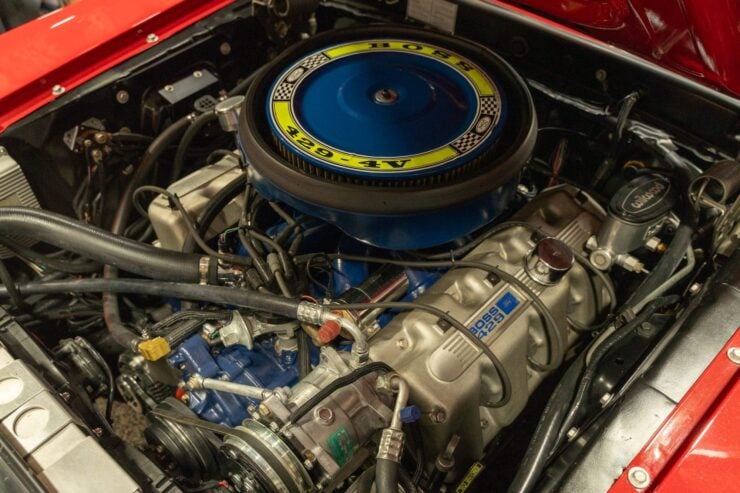

The Boss 429 name didn’t officially return in production Mustangs after 1970, though its legend only grew. In the decades since, Ford has periodically revived the “Boss” branding. The Boss 302 returned in 2012 to 2013 as a modern track-focused Mustang, while custom builders like Classic Recreations have offered officially licensed continuation Boss 429s using new Ford crate engines.
The Kaase 505-Powered 1969 Mustang Shown Here
The car you see here is a significantly modified 1969 Ford Mustang that now rides on four-wheel independent suspension, it has front and rear disc brakes, and perhaps most importantly, it has a fire-breathing 505 cubic inch Jon Kaase Racing Engines V8 up front.
That engine has a Holley Sniper 4150 electronic fuel injection, a roller camshaft, aluminum roller rockers, a Be Cool aluminum radiator, a Mishimoto oil cooler, FPA-fabricated headers, and a CJ Classics wiring harness.
Power is sent back through a Tremec TKX 5-speed manual transmission with a McLeod RST twin-disc clutch and a chrome-moly driveshaft to a Currie 9″ rear end with a limited-slip differential.
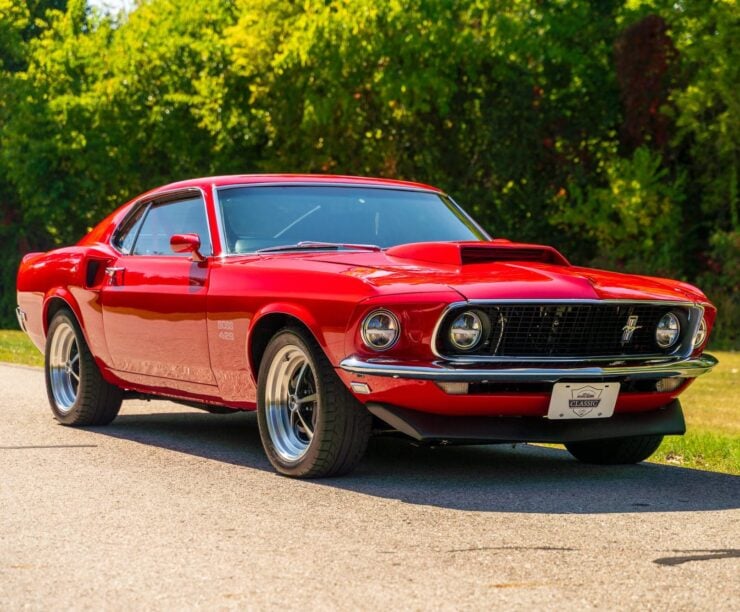

The suspension consists of Heidts Pro-G independent system with coilovers front and back, a big improvement over the original live axle rear end on leaf springs. It has power-assisted rack-and-pinion steering, and a Wilwood four-wheel disc brake arrangement with six-piston front and four-piston rear calipers.
The car is now being offered for sale out of Milford, Michigan with an owner’s manual, service records, a car cover, and a clean Michigan title in the owner’s name. If you’d like to read more or place a bid you can visit the listing here.
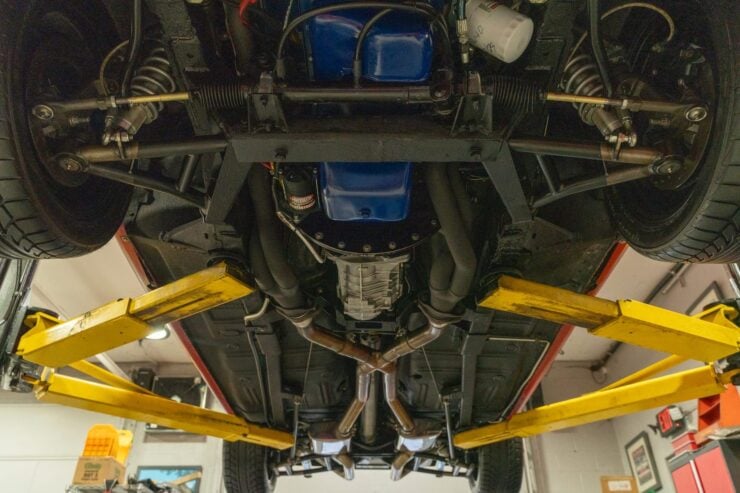
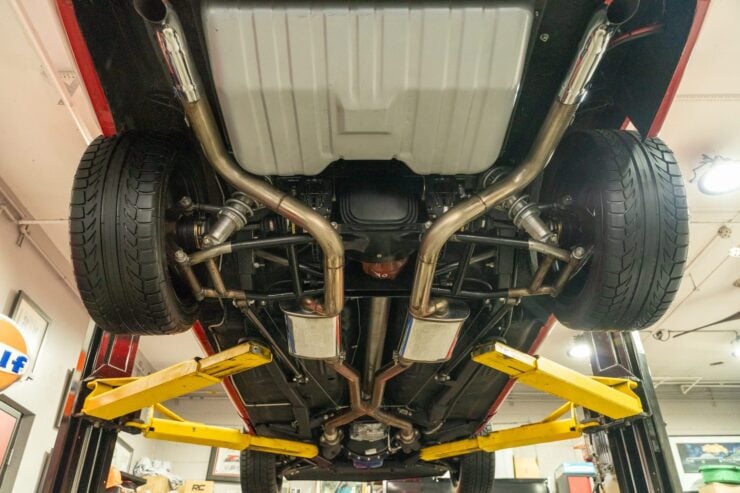
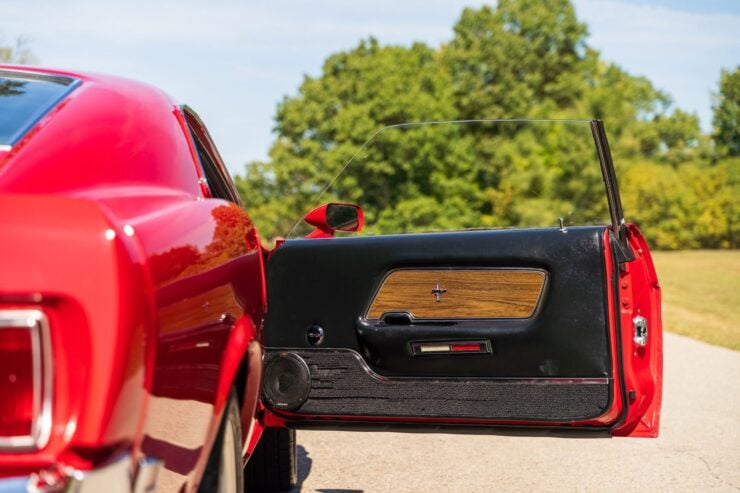
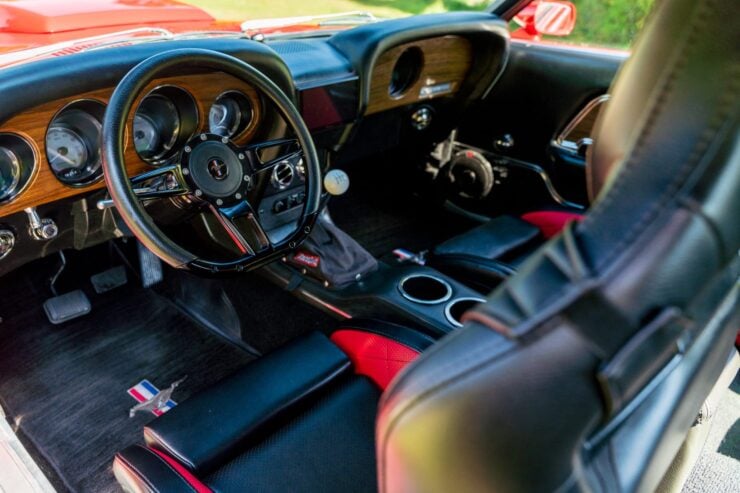
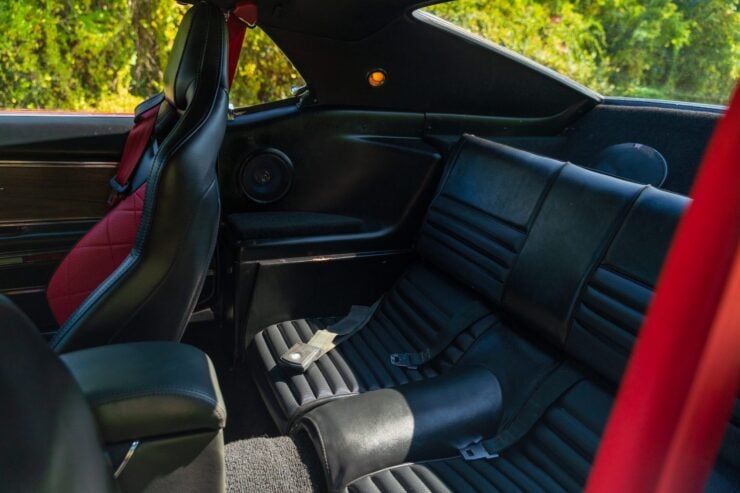
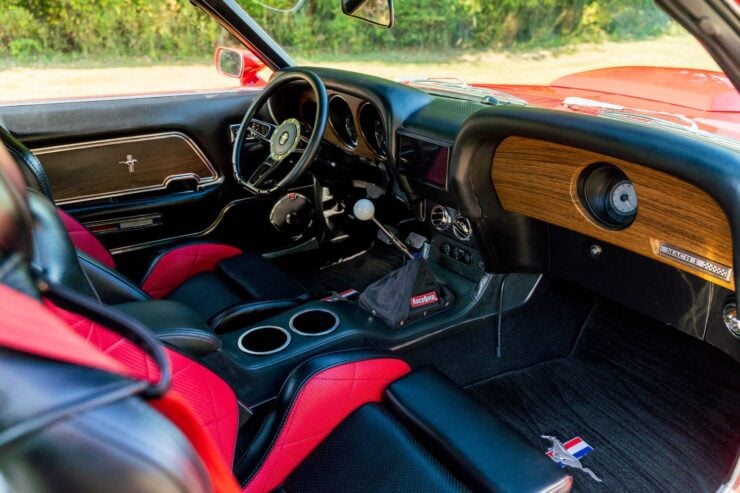
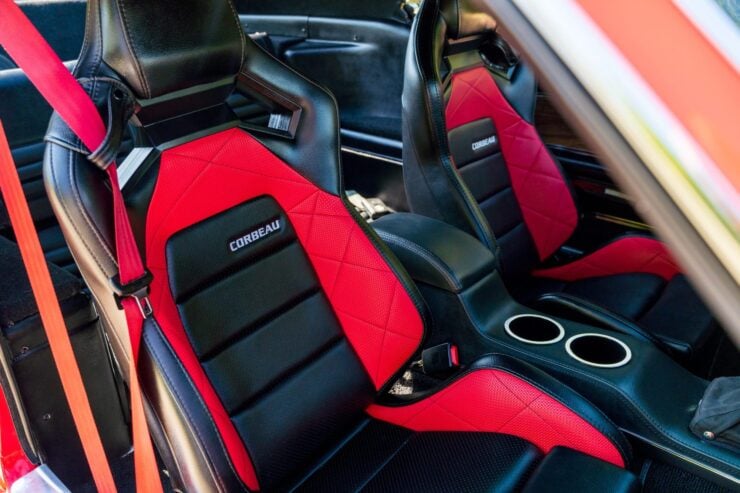
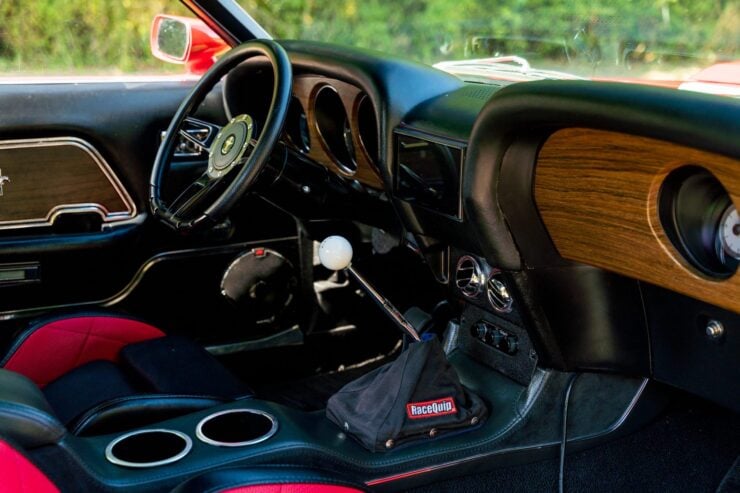
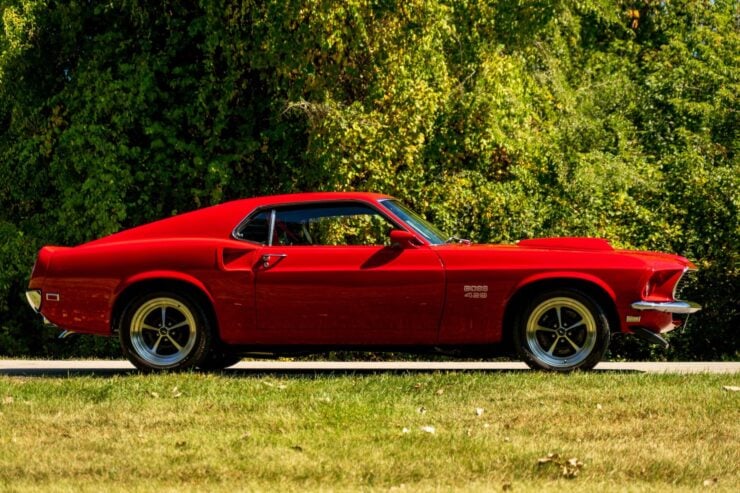
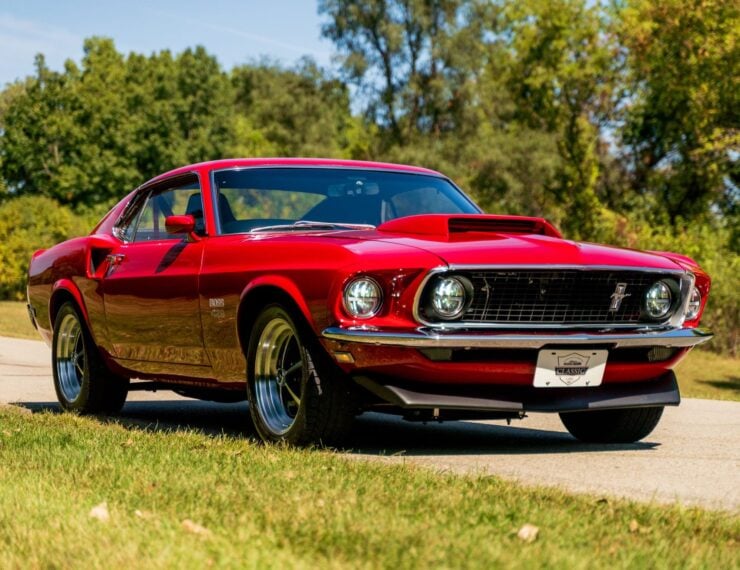
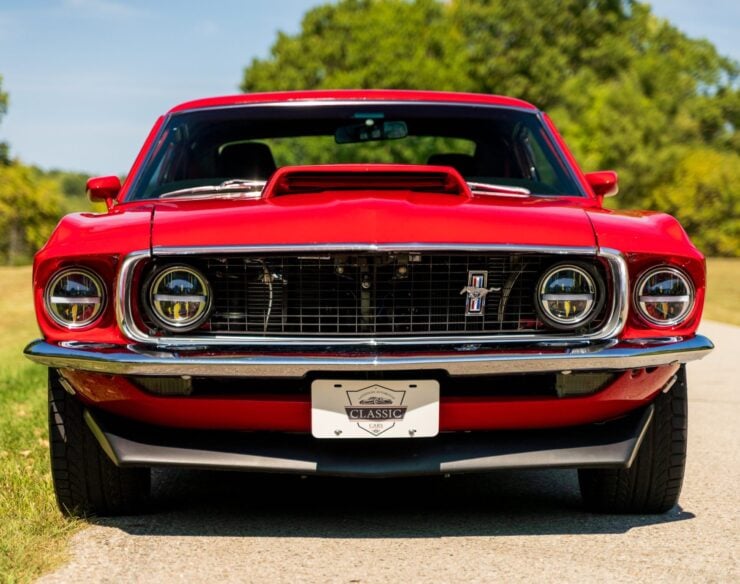
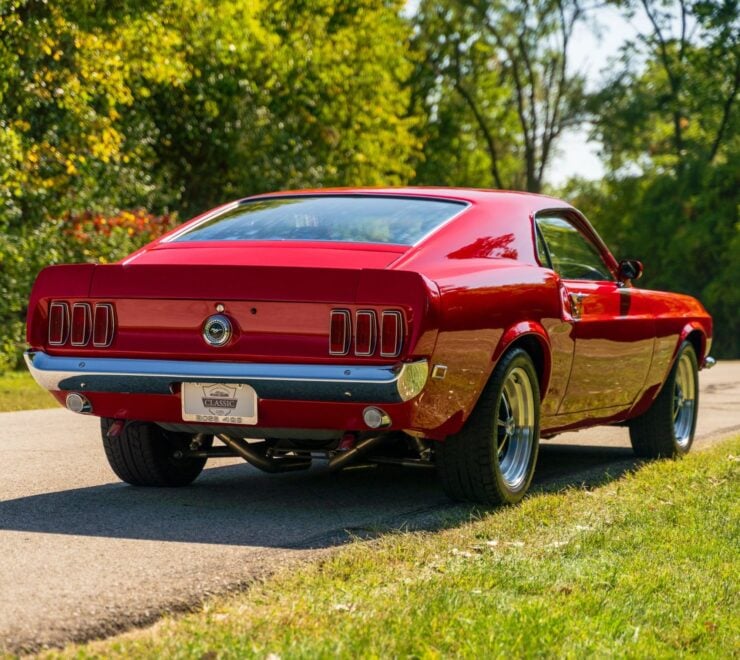
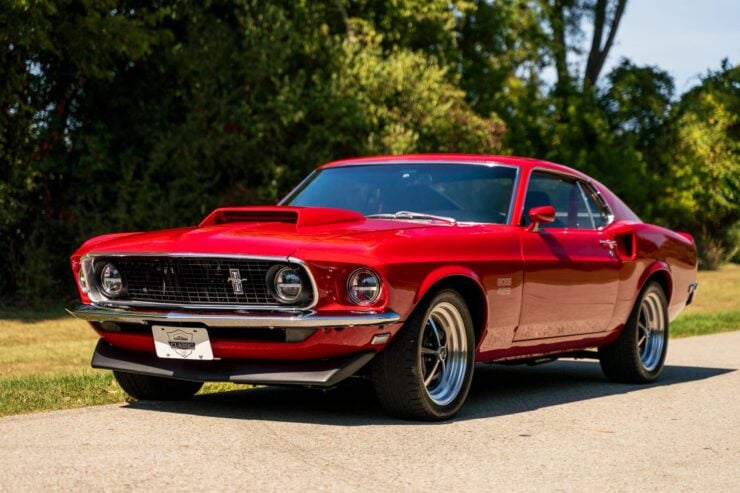
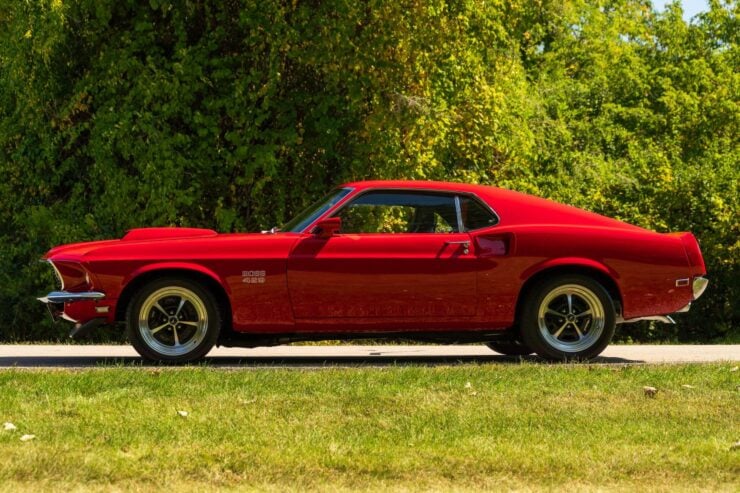
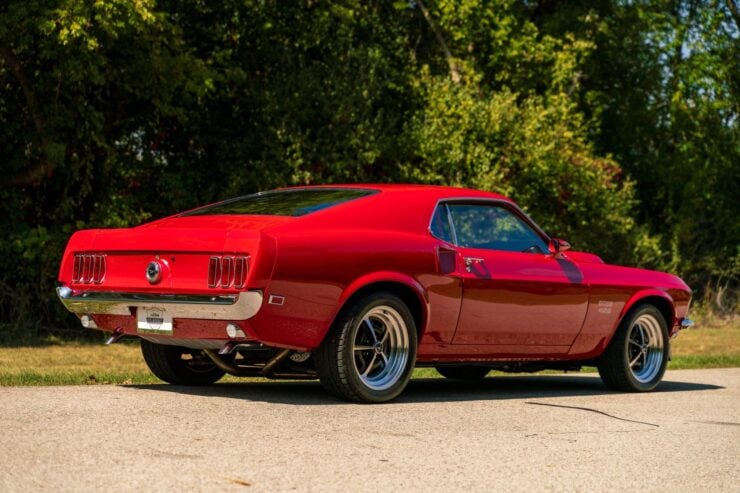
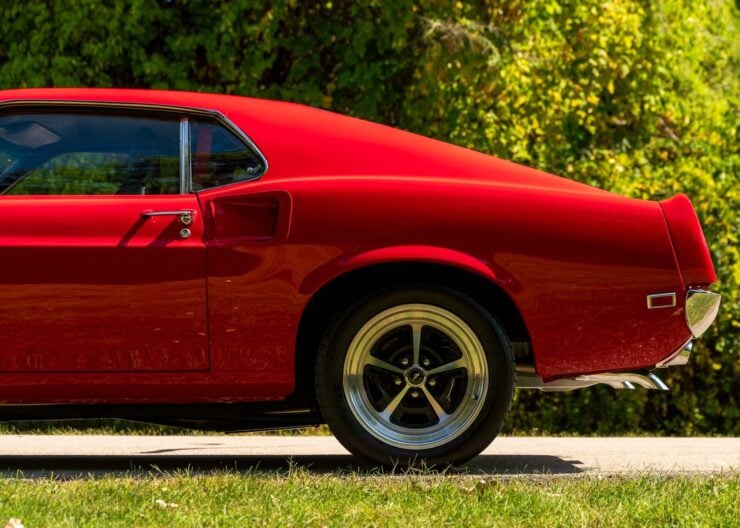
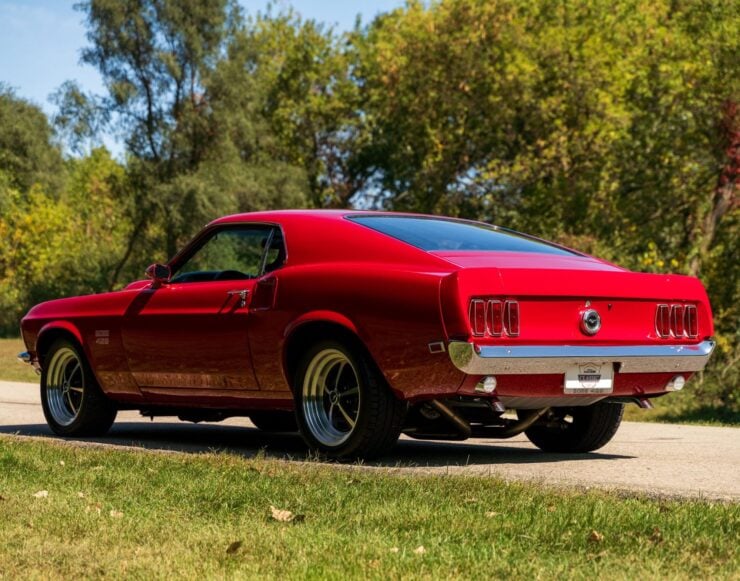
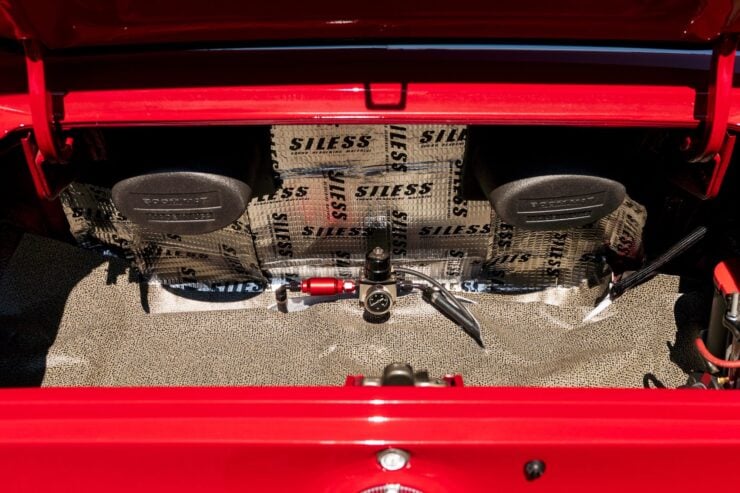
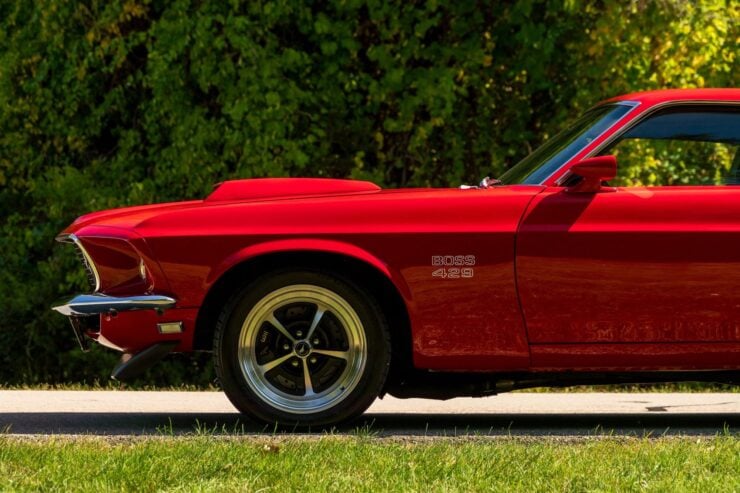
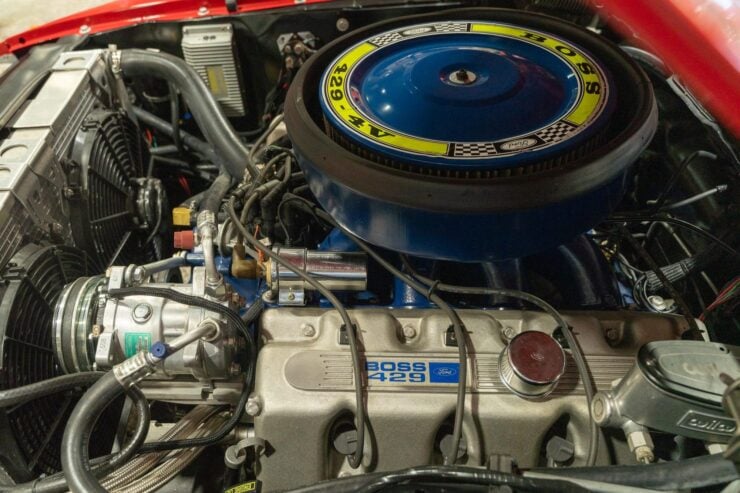
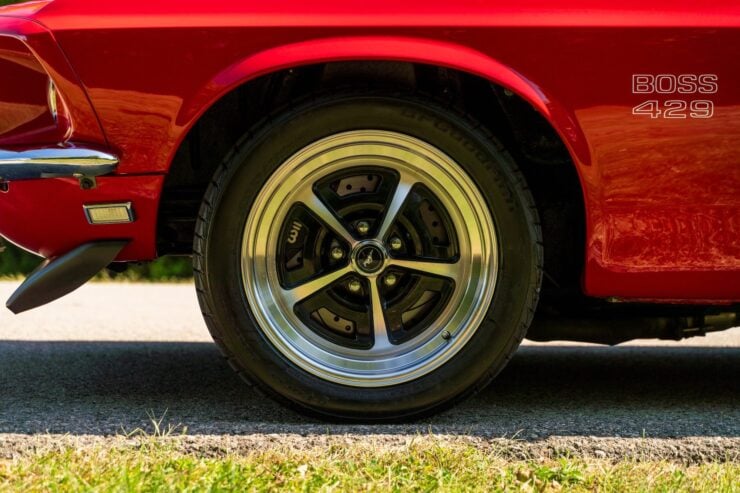
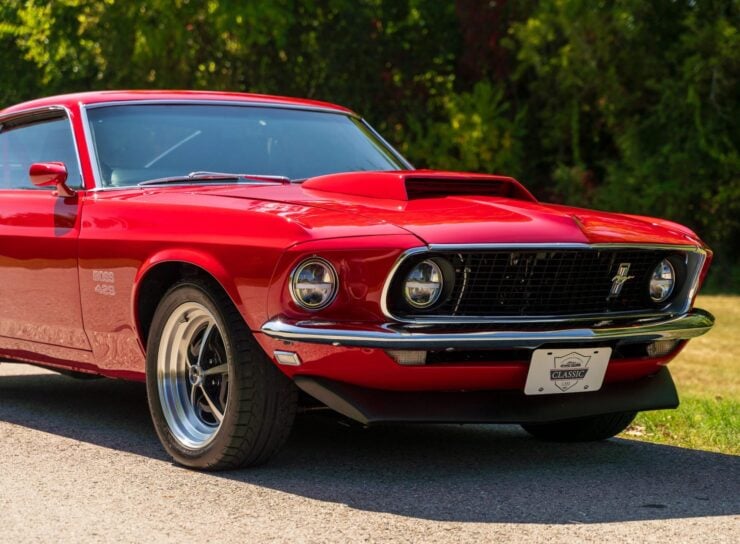
Images courtesy of Bring a Trailer

